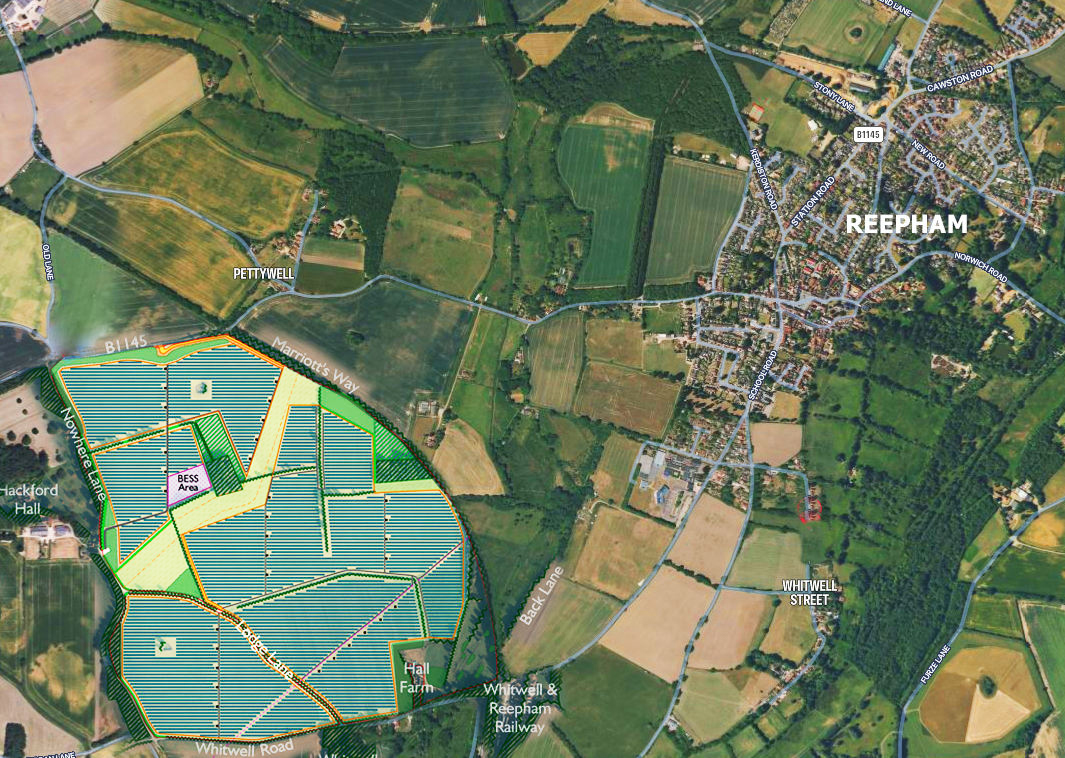What about the long-term impact of the Pettywell Solar Farm?
RE-DEVELOPMENT
After 40yrs under the panels and the decommissioning process the land will no longer be BMV but more like brownfield. This will make applications for development much easier and if this is for housing rather than industrial then Reepham would effectively double in size
REPETITION
Once one solar farm has been established it become more likely that others will appear nearby. This is already happening in East Riding where a similar solar farm has been followed by another 40MW solar farm nearby - both by Albanwise Synergy
RECYCLING
At the moment there are very few recycling sites for solar panels and they are geared for domestic panel many of which are nearing end-of-life. Older technology lasts for 15-20 years so as efficiency drops, or there are broken panels, the replacement rate will increase dramatically. When it comes to solar farms recycling will be expensive and will involve some toxic materials. There are already concerns about how many solar panels will end up in landfill or just exported
REDUNDANCY
If the government's plans to increase offshore wind farms meets it targets then there will be no need for solar farms to cover usable farmland. All the farmland which has already been damaged will have been wasted in vain

